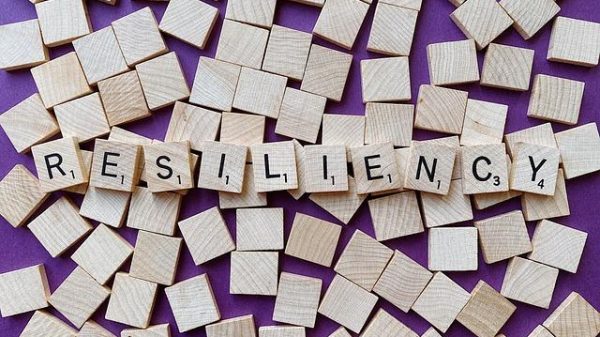In the complex tapestry of human emotions, triggers often appear as unexpected threads, weaving their way into the fabric of our daily lives. These emotional catalysts, whether subtle or overt, can catch us off guard, leading to reactions that surprise even ourselves. Yet, understanding and navigating these triggers is not just a solitary journey; it is one that can be enriched by the presence of others. In this exploration, we delve into the art of recognizing emotional triggers and the collaborative paths we can take to manage them. By embracing a shared approach, we not only enhance our emotional intelligence but also strengthen the bonds with those around us, fostering a more empathetic and resilient community. Join us as we uncover the tools and strategies to transform these emotional challenges into opportunities for growth and connection.
Identifying Common Emotional Triggers and Their Origins
Understanding emotional triggers involves delving into the intricate web of past experiences and deeply ingrained beliefs. These triggers often originate from:
- Childhood Memories: Events or interactions from our formative years can leave lasting impressions, shaping how we react emotionally in adulthood.
- Past Traumas: Significant distressing events can create sensitive spots in our emotional landscape, causing certain situations to evoke intense feelings.
- Social Conditioning: The expectations and norms imposed by society or culture can also become triggers, especially when personal values clash with societal standards.
Recognizing these origins is crucial in understanding why certain stimuli provoke strong emotional responses. By identifying these sources, we can begin to untangle the emotional knots and work towards a more balanced reaction.

Building Awareness Through Mindful Observation
Mindful observation is a transformative practice that can help us identify and understand our emotional triggers. By cultivating a non-judgmental awareness of our thoughts and feelings, we can begin to recognize patterns and reactions that may have gone unnoticed. Start by observing your emotional responses in different situations. Notice what specific words, actions, or environments tend to elicit strong reactions. This process of observation is not about criticism or self-blame; instead, it’s about developing a deeper understanding of ourselves.
- Identify: Pay attention to your physical sensations and thoughts when you feel triggered. Is there a knot in your stomach, a racing heart, or a recurring thought?
- Reflect: Consider past experiences that may have contributed to these triggers. Are there unresolved emotions or past events influencing your current reactions?
- Accept: Embrace your emotions as they are, without judgment. Acceptance can be a powerful step toward healing and understanding.
By sharing this journey with others, we can create a supportive environment where triggers are navigated collectively. Open dialogues and shared experiences can foster a sense of community and mutual growth, allowing us to navigate our emotional landscapes with greater ease and resilience.

Strategies for Managing Triggers in Real-Time
Navigating emotional triggers as they arise can be challenging, but employing effective strategies can make the process more manageable. One approach is to pause and breathe, allowing yourself a moment to regain composure. Deep breathing can help reduce immediate stress responses, providing a clearer headspace to assess the situation. During this pause, acknowledge the trigger without judgment, recognizing it as a natural response rather than a flaw.
Additionally, consider implementing grounding techniques that help anchor you in the present moment. These can include sensory activities such as focusing on a specific object, listening to calming music, or engaging in physical movement like stretching. Another strategy is to communicate your needs to those around you, letting them know when you need space or support. This open dialogue fosters understanding and can prevent misunderstandings during heightened emotional moments. By integrating these practices, you can better manage emotional triggers and navigate them effectively.

Fostering Collaborative Approaches to Emotional Resilience
In our journey to build emotional resilience, understanding and identifying emotional triggers is essential. These triggers are often deeply rooted in past experiences and can evoke strong emotional responses. Recognizing these triggers requires self-reflection and open communication with others. To effectively navigate these emotional hurdles together, consider the following collaborative approaches:
- Active Listening: Encourage a space where everyone feels heard. This means genuinely listening without judgment or interruption, allowing individuals to express their feelings and perspectives.
- Shared Understanding: Take time to discuss and explore each other’s triggers. By sharing stories and experiences, you can cultivate empathy and a deeper understanding of each other’s emotional landscapes.
- Co-Creative Solutions: Once triggers are identified, work together to develop strategies that can help manage these emotions. This could involve setting boundaries, creating calming rituals, or simply being there for one another during challenging times.
- Regular Check-Ins: Make it a habit to have regular conversations about emotional well-being. These check-ins can help to monitor progress, adapt strategies, and ensure that everyone feels supported.
By fostering a culture of openness and mutual support, you can transform emotional challenges into opportunities for growth and connection, strengthening your collective resilience.








